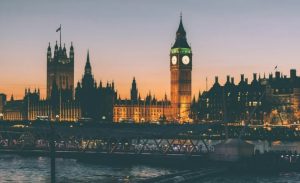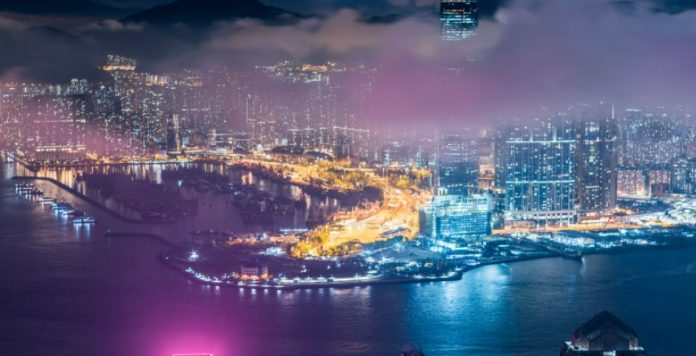April Marks the Arrival of International Dark Skies Week – a Chance for Us All to Look Up and Think Ahead When It Comes to Our Energy
International Dark Sky Week is a global effort to tackle light pollution levels, providing individuals and organisations with the resources they need to reduce their emissions and make greener decisions overall.
While light pollution may seem harmless on the surface, it can have far-reaching negative consequences. Over time, light pollution can disrupt wildlife, impact human health, waste energy and money, contribute to climate change and block our view of the sky. What’s more, light pollution is increasing at two times the rate of population growth, and 83% of the global population live under a light-polluted sky, according to the International Dark Skies Week movement.
Light pollution is a reminder of the importance of efficient energy use for businesses. By understanding more about the impact of the energy we use, organisations can take smart steps to increasing their sustainability and reducing their energy costs.
Understanding light pollution

While artificial light is essential to maintaining the 24-hour nature of the modern world, sometimes the amount of light becomes excessive, and this is when light pollution becomes an issue.
There are four main types of light pollution:
- Glare – extreme brightness that causes discomfort to the eyes.
- Skyglow – brightening the night sky over inhabited areas
- Light trespass – light falling where it is not needed or intended
- Clutter – bright, excessive groups of light sources that can be confusing
When there is too much light, or the wrong kind of light present, it can impact everything from the welfare of local wildlife to our own metabolic systems. It can be result of poor planning, irresponsible use of light, overpopulation, excessive use of light, smog, streetlamps or other nighttime lighting.
Businesses and pollution
However, light pollution is only one type of pollution for businesses to be aware of. A study published in The Guardian found that just 100 companies were responsible for 71% of global emissions, and according to the World Health Organization (WHO), approximately 4.2 million premature deaths per year are associated with health issues related to air pollution.

And with gas and electricity prices rising by unprecedented amounts, now more than ever, businesses must prioritise smart energy use to benefit both their own profits, and the planet.
Carbon, air, light and other emissions are all factors to consider when reaching for sustainability goals. Taking steps to reduce your energy emissions can give your business the upper hand when it comes to meeting customer needs, also save money. And one of the most effective ways to improve on your business’ sustainability is to seek our gas and electricity contracts that prioritise greener energy.
When it comes to being sustainable and reducing your energy spending, working with a business energy consultant can help to ensure that your organisation takes the necessary steps. They can help you make sense of your energy contracts, and seek out the best deals for your needs. You’ll also get assistance on how to prioritise your sustainability goals, promoting a greener future for your organisation to reduce your carbon footprint, lower emissions, and save money that can then be placed elsewhere.


